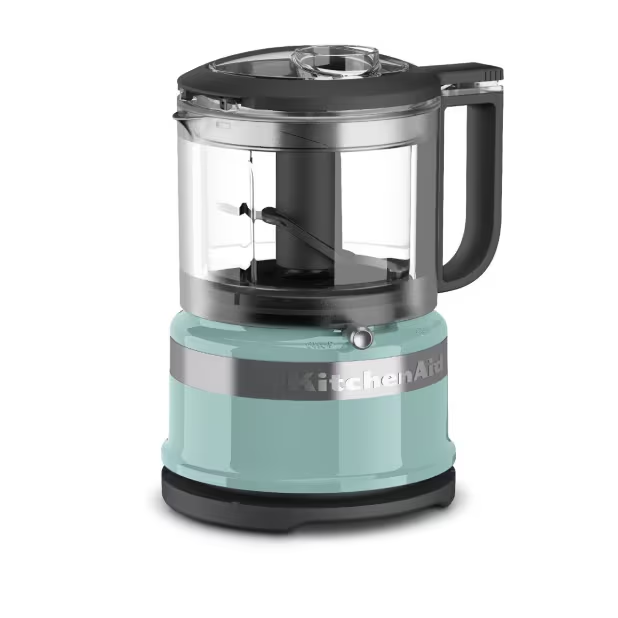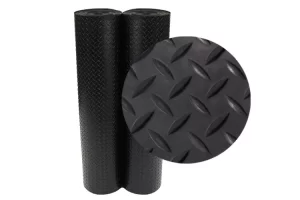Fluorescent light bulbs are a type of electric light that use a gas and a small amount of mercury vapor to produce ultraviolet (UV) light, this UV light strikes a phosphorescent coating on the inside of the bulb, causing it to fluoresce or emit visible light.
The process of how fluorescent light bulbs work can be broken down into several steps. The first step is when an electric current is applied to the bulb, causing the gas inside the bulb to ionize, or become electrically charged. This ionization of the gas creates a flow of electrons, which are accelerated towards the ends of the bulb by an electric field created by the bulb’s electrodes.
As the electrons collide with the gas molecules in the bulb, they transfer their energy to the gas, causing it to emit ultraviolet light. This ultraviolet light is invisible to the human eye, but it is the key to how fluorescent light bulbs produce visible light.
Inside the bulb, there is a phosphorescent coating on the inside of the tube. This coating is made up of a mixture of different chemicals, each of which emits a specific color of light when exposed to ultraviolet radiation. When the ultraviolet light emitted by the gas in the bulb strikes this phosphorescent coating, it causes the coating to emit visible light in a range of colors.

The amount and type of phosphorescent material used in the bulb determines the color temperature and brightness of the light emitted. For example, a cool white fluorescent bulb contains a higher proportion of blue and green phosphorescent material, while a warm white bulb contains more yellow and red phosphorescent material.
Advantage
One of the advantages of fluorescent light bulbs over traditional incandescent bulbs is that they are more energy-efficient. This is because they require less electricity to produce the same amount of light. Fluorescent bulbs can also last longer, making them a popular choice for residential and commercial lighting applications.
Disadvantage
However, fluorescent light bulbs also have some disadvantages. One of the biggest concerns is their potential environmental impact due to the presence of mercury in the bulbs. When a fluorescent bulb breaks, it releases mercury vapor into the air, which can be harmful to both human health and the environment. To address this issue, many countries have established regulations for the disposal of fluorescent bulbs and encourage the use of energy-efficient LED lights instead.
Fluorescent bulbs are more energy-efficient than traditional incandescent bulbs because they require less electricity to produce the same amount of light. They also last longer, making them a popular choice for residential and commercial lighting applications.
In conclusion, the luminous principle of fluorescent light bulbs involves the use of gas and mercury vapor to produce ultraviolet light, which then strikes a phosphorescent coating on the inside of the bulb, causing it to fluoresce and emit visible light. While fluorescent bulbs are more energy-efficient than traditional incandescent bulbs and can last longer, they also pose potential environmental concerns due to the presence of mercury. As technology advances, new lighting options may emerge that provide even more efficient and sustainable lighting solutions.







